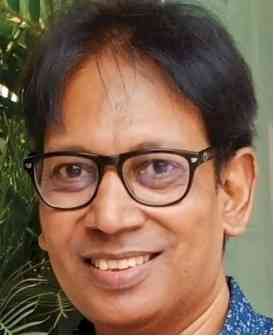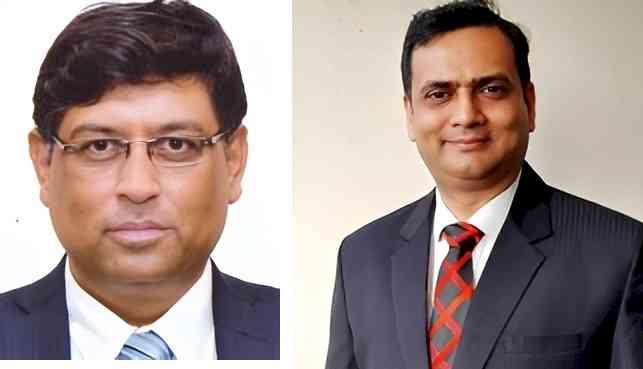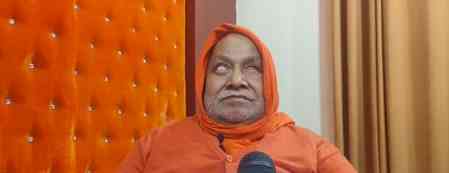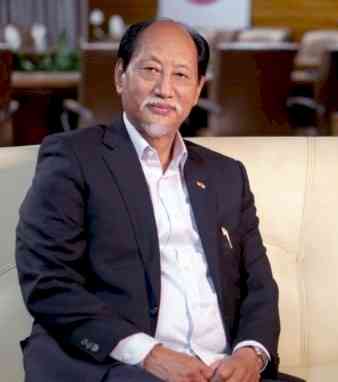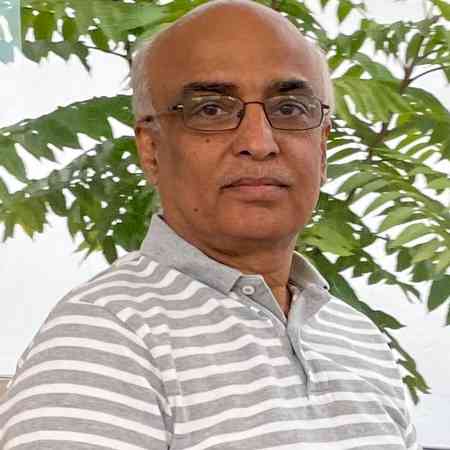Bone Marrow Transplant to treat Challenging Childhood Leukaemia’s

by Dr Intezar Mehdi, Consultant Paediatric Haematologist, Oncologist and BMT, HCG Cancer Hospital Bengaluru
Blood disorders and cancers, especially in children can be fatal if not managed properly. They can cause blood not to have adequate number of cells, platelets, proteins, or nutrients which interferes with their function. Thalassemia, Sickle cell disease and childhood leukaemia (or blood cancer) are some of the challenging and not that uncommon blood-related disorders that are known to affect children. India has the third highest number of blood cancer cases, preceded by US and China. Leukaemia in children is a growing burden and a serious concern. It needs to be treated on time to help the patient survive and prolong his life.
Childhood Leukaemia and Bone Marrow Transplant
Childhood leukaemia is the most common type of cancer found in children and young adults where abnormal white blood cells are formed in the bone marrow. The abnormal cancer cells replace the normal red blood cells, White blood cells and platelets and cause various problems. Anaemia, Bleeding risk and decreased immunity leading to increased risk of infection are some of the consequences. Leukaemia is a type of cancer that originates in the blood-forming tissue or the bone marrow or in the immune system cells.
The treatment options for childhood leukaemia depend on the diagnosis. Usually, most Leukaemia can be managed with Chemotherapy and supportive care with blood and platelets transfusion, antibiotics for managing infections. However, some high risk or recurrent Leukaemia can be cured only with innovative therapies like bone marrow transplant. The chances of survival and cure are better in certain subgroups of leukaemia.
A bone marrow transplant is required when the bone marrow ceases to function and does not produce enough healthy blood cells. A bone marrow transplant is not a surgery. It is a medical procedure which requires expertise and dedicated teamwork. It is performed only in centres who have trained Doctors and Nurses and other support staff. It is also called Stem cell transplant or Hematopoietic stem cell transplant. There are two basic types of BMT, Autologous and Allogeneic. Autologous BMT is a procedure where in patient’s own stem cells are given after high dose chemotherapy as a rescue. This procedure is useful in many solid tumours especially high risk and relapsed and in Lymphomas. Allogeneic BMT is a procedure where in stem cells are given from a healthy donor. The donors must be HLA matched (done on blood tests or saliva sample to match antigens and check for compatibility. Donor could be siblings, family members, or unrelated donors from the registries. The source of stem cells could be Bone marrow or peripheral blood stem cells or cord blood. Allogeneic BMT is curative in much difficult and relapsed Leukaemia and is an important curative option for Thalassemia and sickle cell disease.
Initially medicines are giving called Conditioning chemotherapy- which basically removes the diseased marrow and creates space for the healthy marrow/stem cells. Then the healthy stem cells are given like a blood transfusion through an IV catheter. These cells flow into the bloodstream and find their way into the marrow. The type of transplant that is suitable for the child is determined after examining the overall health and the type of blood cancer the child is suffering from. But generally, all Leukaemia where BMT is indicated, Allogeneic BMT will be required. The type of donor and the type of stem cells required will depend on the type of Leukaemia and overall health status of the child. There is no specific age group required as majority of the times the Leukaemia who need BMT are very aggressive and we need to do BMT as soon as it is in control. Children as young as few months to adolescents, all of them can undergo BMT when indicated.
Preparing for Bone Marrow Transplant
Medically, the Leukaemia needs be in complete control with chemotherapy or immunotherapy before Allogeneic BMT. It is important to explain the transplant process and the reason behind it to the child as per the age and understanding of the child to help him or her deal with the anxiety surrounding the experience. They may have several questions and it is the duty of the parents and the doctors to respond to them honestly and carefully. They might fear the problems associated with the process, if they must stop going to school or doing their normal activities, and their changing physical image (loss of hair and weight). Encourage the child to ask as many questions as he or she has, and answer those using words they understand and relate to. Reassure the child about getting cured and living a healthy life, rather than confusing them about the complications that may arise later. Maintain the daily routine and spend quality time with them and avoid revealing anxieties that the parents go through.
In must be noted that during or after the procedure is over, it may cause certain serious complications. These are largely dependent on the type of disease being treated for, medications given, age of the child and overall health conditions, the type of bone marrow transplant and difference in the tissue match between the recipient and the donor. Some of the possible complications are infections, mucositis, nutrition issues, blood and platelet requirements, diarrhoea, vomiting, skin problems, problems with important organs like liver, heart or kidneys, fluid overload, graft failure and Graft-versus-host disease (GVHD - when the recipients’ healthy cells are attacked by the donor’s immune cells). Many of these complications can be prevented, anticipated, and decreased to a large extent with the current standard of care in experienced centres.
Since BMT is not a surgery and involves only changing the blood through the recipient’s arms and transporting it to the bone marrow, it is important to create a larger donor pool and spread awareness about making bone marrow transplant available and accessible to people in our country and address the demand and supply gap. Only 25-30% of patients will have HLA matched sibling donors and another few matched family donors. In those cases, where no matched family donors are available, the next best options are HLA matched unrelated donors from the registries and or haplo donors (half matched) from the family. It is important to strengthen the donor pool with more and more voluntary people registering with the BMT registries and when they are matched with a patient requiring BMT, getting them motivated to come forward for stem cell donation. Stem cell donation either from Bone marrow or peripheral blood is completely safe for the healthy donors. It is also essential to have a large database of public cord blood bank where in Umbilical cords can be stored. And when these cords are matched with a patient needing BMT, they can be utilized. With cancer outrunning cardiovascular diseases as the leading cause of death globally, it is important to raise awareness to encourage stem cell donation.


 cityairnews
cityairnews 
